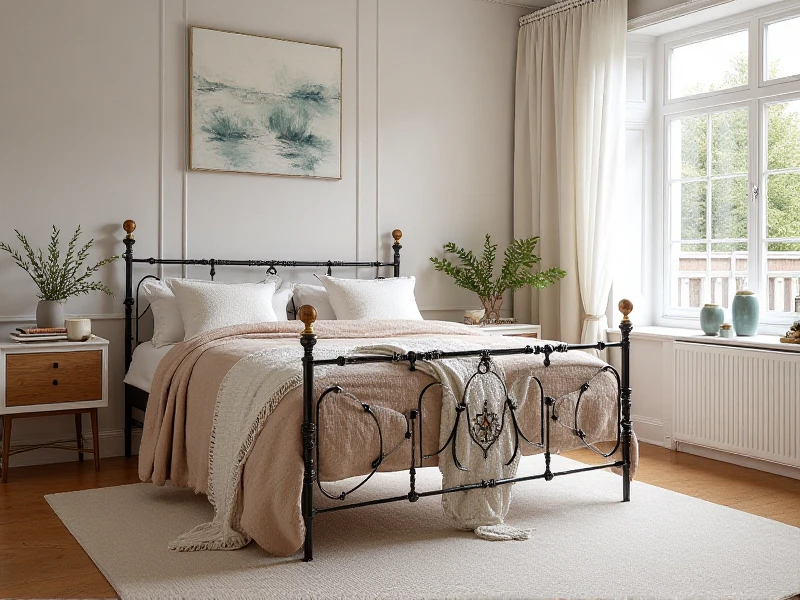Choosing the Perfect Dining Table for Your Home: A Practical Guide
2025-06-11

When it comes to furnishing your dining area, a dining table isn't just a place to eat—it's the heart of family gatherings, dinner parties, and everyday meals. Selecting the right dining tables can transform your space, offering both style and functionality. In this guide, I'll walk you through key factors to consider, helping you make an informed decision that suits your lifestyle and budget. By the end, you'll be equipped with insights to create a warm, inviting atmosphere in your home.
Types of Dining Tables: Exploring Your Options
Dining tables come in various styles, and understanding them is crucial for a perfect fit. For instance, wooden dining tables are classics, favored for their durability and timeless appeal—oak or walnut finishes add rustic charm. Glass-top dining tables, on the other hand, offer a sleek, modern look that brightens up smaller rooms by creating an illusion of space. If you often host guests, extendable dining tables are lifesavers, expanding from compact sizes to accommodate large groups. I recall chatting with clients who didn't consider this; they regretted it during holiday feasts! Always weigh pros like easy cleaning against cons—glass can show smudges, while wood may need occasional refinishing.
Sizing Up Your Space: How to Choose the Right Dimensions
One common mistake when buying dining tables is overlooking room measurements. Start by gauging your dining area: allow at least 36 inches (about 92 cm) of clearance around the table for comfortable movement. For a standard family of four, a 48-inch round or rectangular table works well, but for larger settings, 72 inches or more is ideal. Think about height too—standard counter-height dining tables (around 30 inches tall) suit casual dining, while formal setups might prefer traditional 28-30 inch heights. Personal tip: use painter's tape to mark outlines on your floor before purchasing; it prevents frustrating returns and ensures harmony with chairs.
Material Insights: What Works Best for Durability and Style
The material of your dining tables greatly impacts longevity and aesthetics. Solid wood variations, such as teak or ash, provide excellent sturdiness and naturally resist scratches, perfect for high-traffic homes. Engineered wood options, like MDF or plywood, are budget-friendly but less durable—ideal for occasional use. Metal or marble dining tables exude luxury and are easy to sanitize, though they can feel cold without placemats. Environmental factors matter: humid areas risk warping in wooden tables, so opt for treated finishes. To save costs, I recommend comparing materials online before visiting stores; it prevents buyer's remorse and aligns with eco-friendly choices.
Essential Care Tips: Keeping Your Dining Table Looking New
To extend the life of dining tables, a little upkeep goes a long way. Use coasters and placemats to shield surfaces from heat stains and spills. For wooden furniture, polish monthly with beeswax-based products to maintain luster—avoid harsh chemicals that strip finishes. Glass tops shine best with vinegar-water sprays and microfiber cloths, while metal frames benefit from rust-proof coatings. One client shared that neglecting scratches led to costly repairs; addressing nicks early saves headaches. Also, rotate table placements annually to prevent uneven wear from lamp or artwork impacts.
Embracing Timeless Designs in Modern Interiors
Today's trends in dining tables blend functionality with personal flair. Minimalist styles with hairpin legs are popular for small apartments, emphasizing open-space aesthetics. Or, farmhouse tables offer cozy vibes with their distressed finishes—pair them with bench seating for a relaxed feel. Sustainable elements are gaining traction too: reclaimed wood dining tables reduce environmental footprints. Ultimately, choose designs that reflect your personality; it ensures your table remains a cherished centerpiece for years.
In sum, picking the ideal dining tables involves balancing practicality, materials, size, and maintenance. Don't rush the process—measure twice, research brands, and test setups in-store. Whether you're updating a cozy nook or a large dining room, these tips will help you create a functional and stylish hub. Feel free to share your experiences in the comments below; I'd love to hear your stories and answer any questions! (Approximately 620 words)
Category: